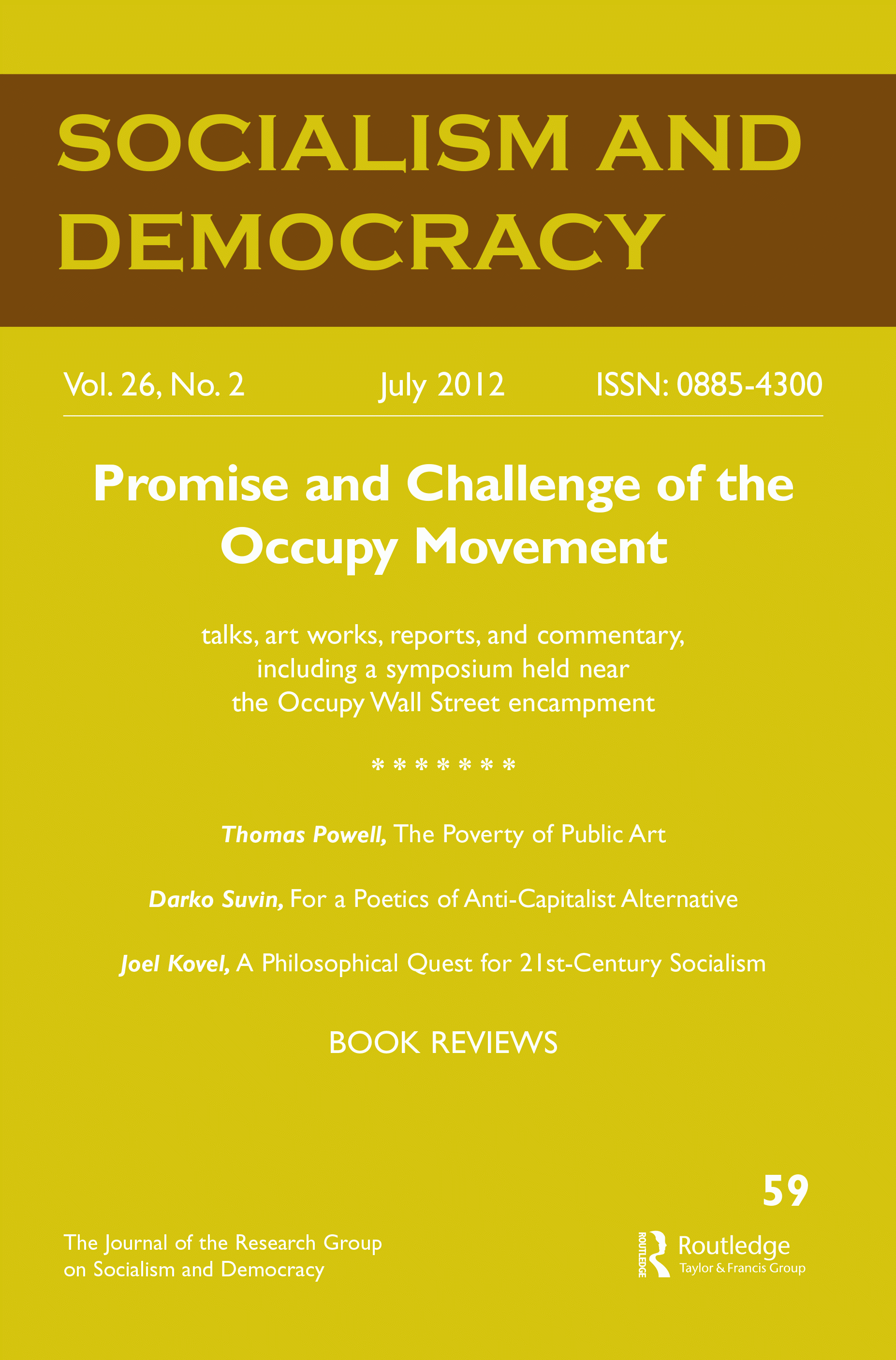
Following on the heels of the Arab Spring, the disappointments of the Obama Administration, and economic turbulence on scale with the great depression, Occupy Wall Street (OWS) burst onto the scene last September, announcing itself with the now iconic image of a ballerina dancing upon the Wall Street bull. We were to see ourselves in this dancer. With confidence and poise, she tames the lunging bull beneath her, emasculating its raw virility with stillness and grace. Ever since this first call to action publicized by Adbusters magazine, and with the opening of occupied spaces across the continent and the world, there has been a proliferation of imagery produced by and for the emerging Occupy movement. These graphics swirl in and out of a new “structure of feeling” (Williams 1977) that is attempting to transform the precarity of the present moment into a triumphant, hopeful and confident call to action – all of which resounds through the singular and increasingly ubiquitous injunction: Occupy!
Figure 1. OWS Screenprinters Guild (New York City).
Occuprint, which began in November, 2011 as a special, all-posters issue of the Occupied Wall Street Journal (OWSJ), hosts a large collection of Occupy imagery on its website, occuprint.org. Since the site’s launch in November, people from all over the world have submitted hundreds of images, offering a window into some of the changes in image-production and visual vernacular that this movement has fostered. In what follows, I have included a few examples of images from the collection, in order to make a set of preliminary observations about the graphic work coming out of this movement.
Social movement culture
The populism that helped propel Obama into the White House now pulses through the Occupy movement. Four years ago, real desires to remake the world were deftly channeled into the possibility that one man, one president, might do this for us. In terms of visual culture, Shepard Fairey’s HOPE poster turned Obama into a historic icon before any history was made, or perhaps more accurately, unmade. As we now know, Obama’s administration has allowed all of the excess and instabilities of neoliberalism and Bush’s war on terror to continue apace, shattering any conceptions that change was afoot. That same populist energy has now taken up the mantle of anti-systemic resistance, flooding into public spaces across the world as a new social movement, and de-centering the iconography that had so neatly branded Obama as the only change-agent required.
In place of a singular iconic graphic produced by a corporate design firm (albeit one with “street cred”) the Occupy movement has generated a wide range of imagery, some iconic, some humorous, some pedantic, and some forgettable.
Many of the images produced by this emerging movement, when assessed on their own, are not graphically or conceptually compelling. As “political art,” understood as an accepted genre within the well-established world of art and art theory, they leave much to be desired. The work is unquestionably political, but its status as “art” may depend on one’s preconceived notions of what exactly such a term entails. For this reason, it may be better to consider the graphic work coming out of the Occupy movement as social movement culture, which Dara Greenwald and Josh MacPhee distinguish from political art as work “born from a context in which large numbers of people mobilized to achieve transformative goals” (2010: 11)

Figure 2. “Here’s my little contribution to the project…I’m in Russia and US seems like a long way off here and local public is not really into the Occupy thing being busy with our local elections. But I feel strongly with you. Somehow it brings tears into my eyes. It’s something truly big and important. I wish I was there in person. Rock on!” – Vladimir Klyushev (Murmansk, Russia).
Figure 3. “I’m in a small town and I work full time, full-time student, 4 kids…still young though haha…it’s been killing me not to be involved and you finally gave me a chance to do something…even if it’s a tiny contribution.” – Jamie Hendon II (California).
For Greenwald and MacPhee, social movement culture arises from “a need to express, represent, and propose alternative ways of existing, both within movements and to society at large” (11). I would append to this definition a further distinction between political art and social movement culture in that the latter is predicated upon control over the means of cultural production, whereas the former can, and often does, exist in and through dominant forms of cultural production.1 Perhaps the single cohesive thread coursing through the movement’s cultural work is a self-assured dismissal of corporate media channels and the confidence that alternatives can be, and are being, built.
Beyond postmodernity
While many of the images on the Occuprint site were first created for local use and then subsequently offered to our site, many others have never been reproduced outside of their virtual existence. Hence, there is a sense in which we’ve created a truly postmodern archive, where simulacra prevail – copies without originals. That is not however, the full picture.
For Fredric Jameson (1991), postmodernity, or the cultural logic of late capitalism, is marked by the hyperreality of simulacra – the interplay of texts functioning like commodities, untethered from their historical specificity and floating in a cultural marketplace. The resulting pastiche suffers from historicism, where history is no longer experienced as a lived process, but is instead reduced to a stockpile of consumable symbolic resources. This did not, Jameson suggests, bode well for political art, for the future was no longer tethered to the present along any axis of historical continuity. It was now, at best, just another symbolic referent, accompanying all the rest. Within this postmodern logic, a resignation to political ineffectuality seemed complete and inescapable. What creative product could there be that could withstand the seemingly irresistible and irrefutable logic of commodification?
We’ve become very comfortable with the commodification of dissent these past few decades. Hearing a rebellious youth anthem repurposed for an SUV commercial is no longer shocking. Seeing a candy-coated pop-diva wearing a metal studded belt no longer raises an eyebrow. With a youth culture that has so thoroughly embraced the cultural logic of late capitalism – postmodernism, pastiche, irony piled on top of cynicism, piled on top of irony – it’s hard to resist a Fukuyama-inspired “end of counter-culture” pronouncement. As I write this text, the most current scandal involves the “militant” Tamil pop-diva M.I.A., who flipped-off her audience during the Super Bowl halftime show. This scandal, as Baudrillard (1983) might tell us, helps conceal the greater scandal, that 110 million people were glued to their televisions watching a non-event, or that a single commercial spot during the show costs more money than the entire Occupy movement has raised to date.2
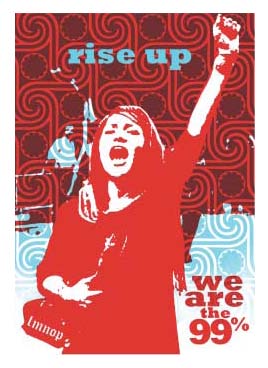
Figure 4. imnop (New York City).
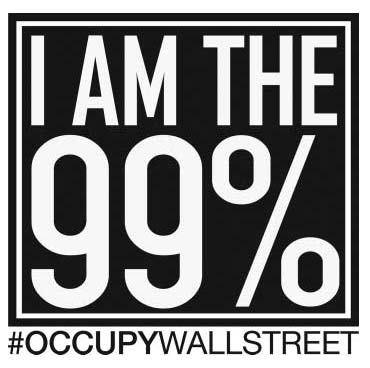
Figure 5. Josh Fields (Amherst, Massachusetts).
Yet the imagery being produced by the Occupy movement does not seem to be resigned to such gloomy prognoses. There’s something about the work that is too honest, too full of care and conviction, too concerned with its own self-expression, too excited to be participating, as opposed to watching from afar, for it to be mired in postmodern apathy. In fact, Occupy may be offering us a first glimpse at the resuscitation of a class-conscious counter-culture, as it continues to incubate a cultural space outwardly hostile to (most) corporate media (the corporate providers of social media platforms being accepted as necessary evils). This is a bold claim, I realize, and meant in part as a provocation. What would such a counter-culture look like? What would it do? Who would be able to participate and how?
The profusion of graphics that Occuprint has helped facilitate is one small part of a growing constellation of cultural practices that range from the virtual, such as live streaming video and social media, to the concrete, such as public camping and the human mic. While it’s too early to tell, there does seem to be the possibility that Occupy will successfully reclaim a portion of the cultural commons from a media sphere that has thoroughly infected our everyday lives with ubiquitous branding, messaging, news cycles, and stylized uniformity. One Occuprint contributor, Lani Gerrity, writes:
It’s pretty simple, I’ve always felt a bit occupied by our consumer based culture; as if my life does not always belong to me but actually belonged to marketers, the media, big box stores, multinational corporations, various governments, societies and cultures, my family, almost anyone but me, really. And along comes this rag-tag group of protesters, with tremendous diversity and passion, and they are saying we need to occupy this or that. Well I like that. I’m tired of being colonized, and I don’t want to be a colonizer, but certainly I’d love to occupy my own life, thank you very much.
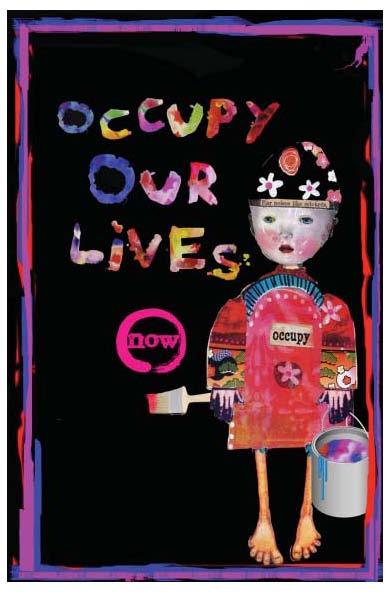
Figure 6. Lani Gerrity (Halifax, Nova Scotia).
Mass actions are nothing new, yet the mass actions that have given Occupy its name seem to have coalesced into something much larger than a sum of its parts – resonating with those who might identify with the “99%,” yet are not in geographic proximity or do not have the personal or social mobility to join in direct actions. Perhaps these images, whether displayed in physical or virtual space, help to amplify the movement’s rhythms: some because they are graphically compelling or politically provoking; others merely because someone went to the trouble to make them.
Turning the gaze
It is hard to say what exactly a class-conscious counter-culture will entail, though the fact that the movement self-identifies with an abstract concept (“occupy”) as opposed to a specific demand, enemy, or constituency, offers one important clue, as does the incredibly inclusive self-identification of “the 99%.” The Occupy movement has embraced a new constellation of symbols, such as the bull, the Monopoly man, the pie chart and the Guy Fawkes mask, which join with old standards such as the raised fist and the proud sign-holding activist.
Perhaps the most important observation is the most abstract: there is an affective quality to the work that clearly represents a break from the political imagery of the past decade. Occupy imagery is less dark, less content with merely displaying the sinister effects of systemic violence, and more focused on affirming itself as a popular force that will confront these evils. There is now a social movement that people are excited to identify, and to identify with. This desire to belong and to participate permeates even the most violent graphics. “Occupy” has been wrested from its colonial signification of imperial violence and redeployed as a call to arms, a general injunction impelling us all to join in and fight.
Josh MacPhee’s Paper Politics (2009), offers a good basis of comparison for the images being produced by the Occupy movement. The images in Paper Politics, which surveys socially engaged printmaking from the millennium’s first decade, critique global capitalism, militarism, debt, colonialism, corporate control, and patriarchy. Overall, the collection feels darker, less hopeful and more violent compared to the work coming out of Occupy. The most coherent thread running through the work in Paper Politics is a shared representation of violence and injustice enacted upon “the people” by capitalism, patriarchy, colonialism, racism, and other systemic evils.
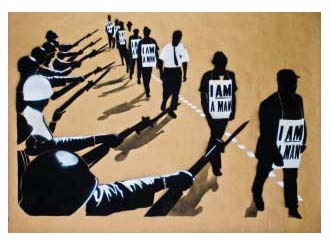
Figure 7. Ryan Nuckel (New York City).
In one of the posters from Paper Politics, Ryan Nuckel creates a stencil out of a famous image from the Memphis sanitation workers’ strike. Silhouetted figures march from the image’s vanishing point, holding signs proclaiming “I am a man.” In the foreground a line of police officers pointing guns at these protestors dominates the image, positioning the viewer as a bystander, looking upon the action from behind police lines.
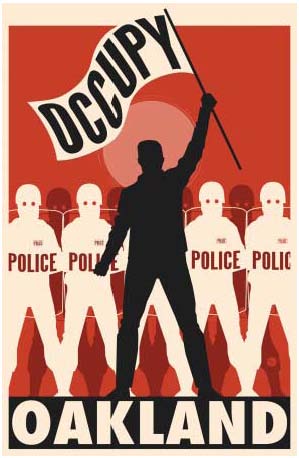
Figure 8. Rich Black (Oakland, California).
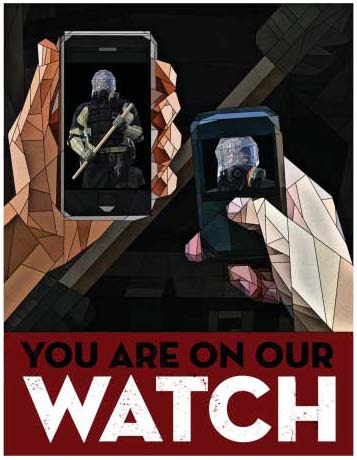
Figure 9. Mario Klingemann (Munich, Germany).
Compare this defiant image with Rich Black’s iconic Occupy Oakland image. The police are now in the background, hiding behind shields while the protester stands before them, proudly waving a flag. The police are no longer separating us from our symbolic comrades. There are a number of occupy images produced from this vantage – positioning the viewer as part of the action. Perhaps this is the influence of POV (point of view) video games, but regardless, it presents an interesting transformation of how these graphics hail their viewer: participants unless proven otherwise.
Big Brother may still be watching, but now there is a social movement beginning to defiantly state, “we’re watching you back.” The Guy Fawkes mask is important for this reason. Despite its multiple historic referents (religious fanatic, anarchist comic, Hollywood movie...), it seems clear that the current resonance of the Fawkes mask has to do with the possibility of an active anonymity, and with reclaiming the power of the gaze. Unlike images commonly associated with historic propaganda, these “masses” are nameless and faceless by choice, and watching from the crowd.
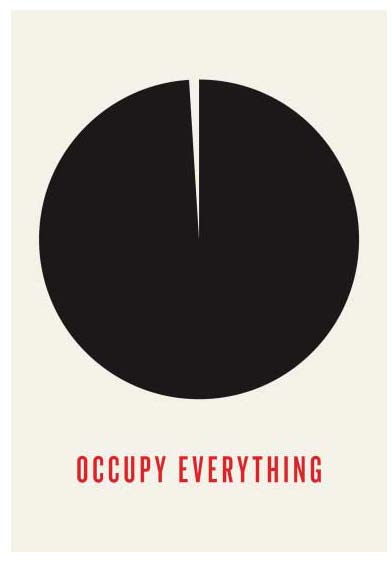
Figure 10. Colin Smith (San Francisco).
Who is it that the occupiers are watching? The police are one common target, as is the more abstract 1%, whose boundaries of inclusion and exclusion are not always clearly defined. Reduced to its most literal, quantitative designation, the 1% is a somewhat limited, problematic symbol, stuck within an us vs. them framework that frames the capitalist economy as a villainous other, as opposed to a generalized system of social relations that pulses through our everyday lives. Yet, I would argue that this is not the only way in which the symbol functions. In Colin Smith’s image, for example, the 1% is not represented as a nefarious presence, but is instead a diminutive absence, a tiny sliver cut out of the total social body -- the 99% -- which is almost, but not quite, whole. With images such as these, the 1% becomes little more than a minor obstacle preventing a unity that is otherwise well within our grasp.
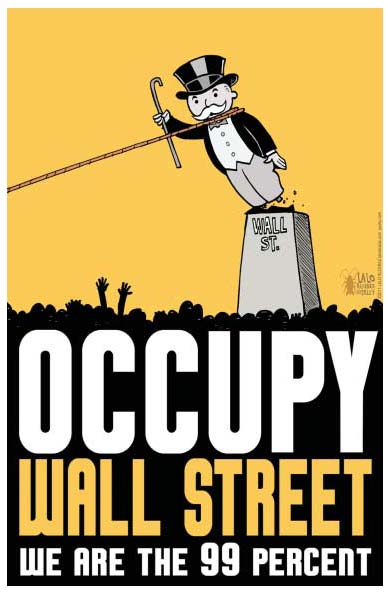
Figure 11. Lalo Alcaraz (Los Angeles).
The “Monopoly man” has emerged as a common symbol of the 1%. While there are certainly problems with anthropomorphizing capitalism, it is interesting to see a character from a childhood game (especially one that helped us learn the pleasures of a cut-throat real estate market) being used, as opposed to any specific politicians or economic titans. As with the idea of the 1% itself, there are multiple interpretations of this symbol worth considering. As much as the Monopoly man may serve as a stand-in for evil men in suits, to the extent that this figure is inseparable from the game it brands, it also symbolizes the ubiquitous culture of capitalism that pervades our daily lives – pointing to the ways in which the 1% not only exists as an external threat, but is just as much an internal tension that must be excised from within.
Most importantly, these images are less concerned with revealing the violence and oppression caused by the “enemy” than with showing that this enemy can and will be toppled. The occupier’s gaze is not preoccupied with the 1% or the cops, as such; it is fixed upon the future. Two of the most popular images on the Occuprint site each present the Occupy movement in a state of becoming. They are not bearing witness to past or present atrocities, nor do they celebrate past heroics, but instead they point to the future, confidently asserting that what we have now will only continue to grow.
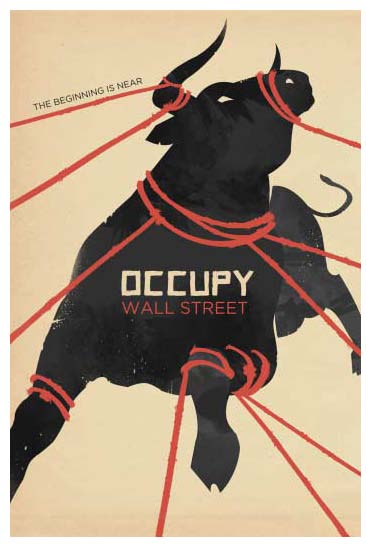
Figure 12. Alexandra Clotfelter (Savannah, Georgia).
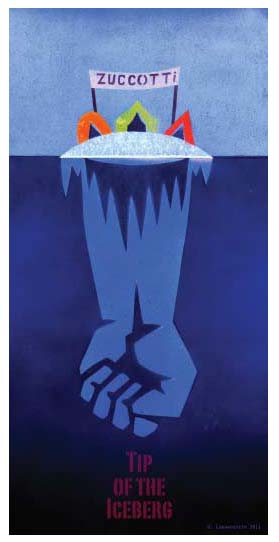
Figure 13. Dave Loewenstein (Lawrence, Kansas).
The Occupy movement may be shifting the way we look towards the future. It is not simply a new iteration of prefigurative politics; these images do not dwell on micro-utopias or on the world we want to see. Instead, it imagines the future as a space to be filled, an opportunity to seize and a project to fight for. If anything, the work focuses on the future of the movement itself, and the constituent power that will be required to make the world anew.
Archiving the future
Perhaps we have begun to step out from the shadow of postmodernity and from what Jameson describes as the “waning of our historicity, of our lived possibility of experiencing history in some active way” (1991: 21). Emerging from the miasma of lifeless corporate style there seems to be the first inkling, not of a new style, but of a newly resurrected sense that history can be made, and that that is what we are doing.
With delight and conviction, countless messages sent to Occuprint predict that posterity will look favorably upon this collection. The future’s history is being made, we are told. The images on our site will one day be important, collected, preserved and themselves referenced, as the past is referenced today.
What is it that people see? Why are the Smithsonian, the New York Public Library and other cultural institutions collecting this material? Is it a pre-emptive attempt to quell a potentially revolutionary movement by rarifying its process of becoming as a collection of artifacts? Is it a speculative move within a market for historical objects that has been so thoroughly desiccated by political anathema that even the tiniest drop of potential significance opens a flood of indiscriminate acquisition? Or even worse, is it merely one further manifestation of a financialized cultural logic, creating a speculative bubble in cultural and historical significance? Are the ephemera produced by the Occupy movement merely tulips hoarded in anticipation of a value that could never be realized as such?
There are so many possibilities, each with an inkling of truth. Here it’s worth returning to the idea of social movement culture, and to try and understand why people are making these images. There is something exciting about the Occupy movement, something that is compelling people to participate, and as well, something that seems to draw people to these images, as visible markers, or proof, of the diversity, strength and reach of their movement. The Occupy movement has become conscious of itself as an active producer of history, and this future potential permeates the social movement culture that is beginning to take shape. This, I believe, makes the collection at Occuprint an archive of the future.
Acknowledgements
This article was written in loving memory of Dara Greenwald, who dedicated herself to understanding and creating social movement cultures. I could not have written this without her. I would also like to thank Lindsay Caplan and Molly Fair for feedback on earlier drafts and Josh MacPhee, who continues to challenge my understanding of movements and their cultures.
Notes
1. On this point, is helpful to return to Walter Benjamin’s 1934 address to the Institute for the Study of Fascism, published as The Author as Producer (Benjamin 1970).
2. As of Feb. 9, 2011, the NYC General Assembly reports total donations of $711,000, while espn.com reports that the average price for a commercial spot during the 2012 Super Bowl was $3.5 million (see http://accounting.nycga.net/donations/; and http://espn.go.com/nfl/playoffs/2011/story/_/id/7544243/super-bowl-2012-commercials-cost-average-35m).
References
Baudrillard, J. 1983. Simulations. New York: Semiotext(e). Benjamin, W. (1970). “The author as producer.” New Left Review 1st Series, no. 62. Greenwald, D. and J. MacPhee. 2010. Signs of change: Social movement cultures 1960s to now. Oakland, CA: AK Press. Jameson, F. 1991. Postmodernism, or, the cultural logic of late capitalism. Durham, NC: Duke University Press. MacPhee, J. 2009. Paper politics: Socially engaged printmaking today. Oakland, CA: PM Press. Williams, R. 1977. Marxism and literature. Oxford: Oxford University Press.

